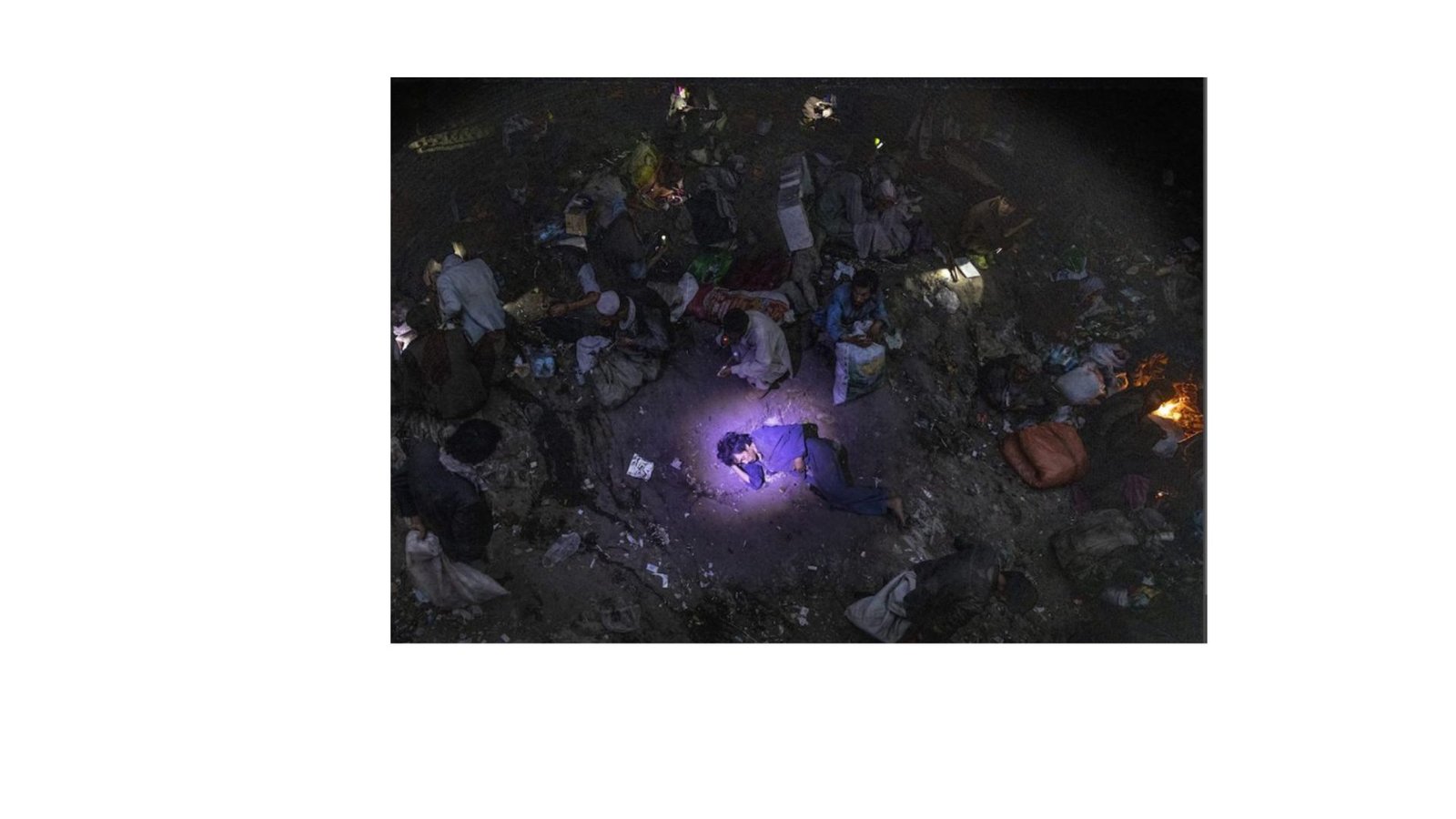|
Getting your Trinity Audio player ready...
|

Films wield immense influence in shaping public perceptions of human rights issues. Through captivating narratives and vivid imagery, they engage audiences, evoke empathy, and initiate crucial conversations on social justice. This blog post delves into the profound impact of storytelling in cinema and its role in molding attitudes towards human rights.
1. Empathy Through Representation
Films transcend barriers, immersing viewers in diverse worlds and experiences, fostering understanding across cultures and communities. Through authentic representation of characters from various backgrounds, films challenge stereotypes and promote empathy. By witnessing the struggles and triumphs of individuals facing human rights challenges, audiences develop a deeper appreciation for the complexities of these issues.
2. Advocacy and Awareness
Moreover, films humanize abstract concepts like human rights, rendering them relatable and accessible to audiences. By portraying characters grappling with discrimination, oppression, and injustice, films evoke empathy and underscore the imperative of safeguarding human rights. They serve as powerful tools for raising awareness about pressing human rights issues, sparking conversations, and inspiring action. Whether shedding light on refugee crises, government corruption, or LGBTQ+ rights, films have the potential to ignite movements and drive progress towards a more just society.
3. Amplifying Marginalized Voices
Furthermore, films provide a platform for marginalized voices, challenging existing power dynamics and promoting diversity and inclusivity. By amplifying voices often silenced, cinema fosters empathy and empowers marginalized communities. Through authentic storytelling, films validate the experiences of individuals from marginalized groups, fostering a sense of belonging and solidarity. By shining a spotlight on underrepresented stories, films contribute to a more inclusive and equitable representation in media and society.
4. Education and Advocacy
Additionally, films serve as educational tools, informing audiences about human rights issues and inspiring them to become advocates for change. By presenting complex issues in a compelling and accessible manner, films empower viewers to engage critically with social justice issues and take meaningful action. Through screenings, discussions, and educational initiatives, films can mobilize communities and catalyze grassroots activism, driving progress towards a more just and equitable world.
5. Cultural Impact and Global Dialogue
Films have the power to shape cultural norms and influence global dialogue on human rights. Iconic movies often become cultural touchstones, shaping public perceptions and attitudes towards social justice issues for generations. Through international film festivals and digital platforms, films transcend borders, reaching audiences around the world and fostering cross-cultural understanding. By sharing diverse perspectives and experiences, films contribute to a more interconnected global community united in the pursuit of human rights and dignity.
6. Collaboration and Advocacy Movements
Furthermore, films often serve as collaborative efforts involving filmmakers, activists, and advocacy organizations. Through partnerships and collaborations, filmmakers can leverage their creative platforms to amplify the voices of advocacy movements and drive social change. Documentaries, in particular, play a crucial role in spotlighting human rights abuses and advocating for accountability and justice. By partnering with grassroots organizations and affected communities, filmmakers can ensure that their work has a lasting impact beyond the screen, driving tangible progress towards human rights goals.
7. The Role of Technology and Social Media
Moreover, the advent of technology and social media has amplified the reach and impact of human rights films. Platforms like YouTube, Netflix, and Vimeo provide global audiences with instant access to a wide array of films addressing social justice issues. Social media channels allow for the rapid dissemination of film trailers, reviews, and discussion forums, facilitating dialogue and engagement among viewers. Additionally, virtual reality (VR) technology enables immersive storytelling experiences, allowing audiences to step into the shoes of those experiencing human rights violations firsthand.
8. Policy Influence and Legislative Change
Lastly, human rights films have the potential to influence policy and legislative change at local, national, and international levels. By raising public awareness and galvanizing public opinion, films can pressure governments and policymakers to enact reforms and uphold human rights standards. Documentaries investigating systemic injustices, for instance, can prompt investigations, hearings, and legislative action. Through strategic advocacy campaigns and partnerships with policymakers, filmmakers can leverage their work to drive systemic change and advance human rights agendas.
In conclusion, films play a pivotal role in shaping public perception of human rights issues. Through their ability to engage, evoke empathy, and catalyze action, they are instrumental in driving meaningful social change. As we continue to produce and consume films that advocate for justice and equality, we contribute to a more inclusive and equitable society.

